Imagine you are looking around in different digital worlds with a VR headset. While you are in a forest with lots of greenery all around, you suddenly feel the soil, grass, and leaves crunching under your feet and raindrops on your hands.
It is a bit surprising how we can feel sensations in purely digital spaces or how the digital world would look almost real. This is due to the innovation of Haptic Feedback technology. It creates very exact sensations, which makes us more connected in the virtual world.
What is Haptic Feedback?
Haptic feedback is a technology that evokes a feeling of touch, simulating real-time interaction by a user with a device. Users are thus enabled to perceive vibrations, forces, or even textures in the virtual world. It essentially blurs the virtual-physical boundaries as it produces sensory input closely related to that in the physical world. Some of the Haptic Feedback Devices include HaptX, tablets with Haptic Pens, and haptic suits like bHaptics Tactsuit.
Types of Haptics Feedback
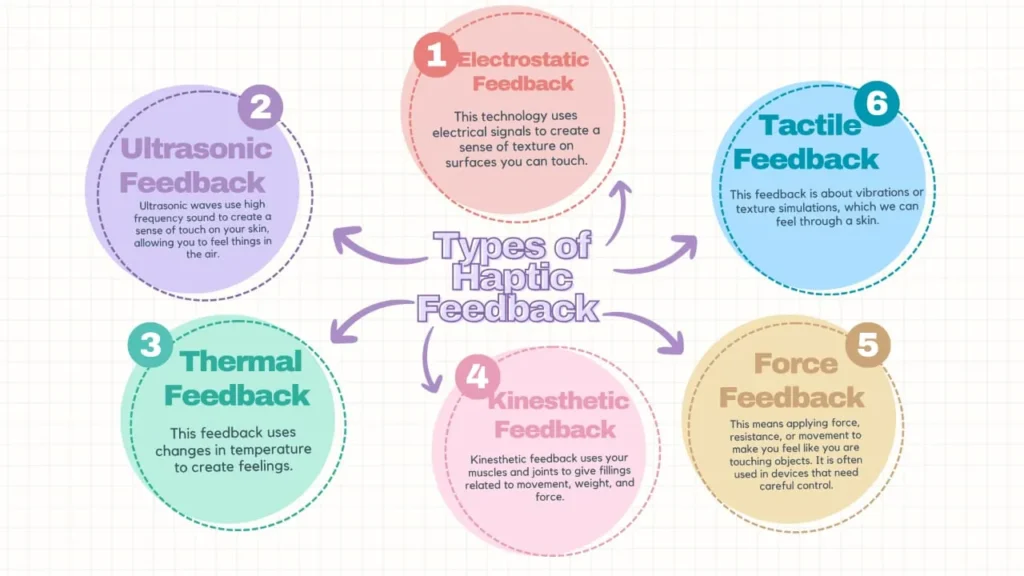
How Does Haptic Feedback Work?
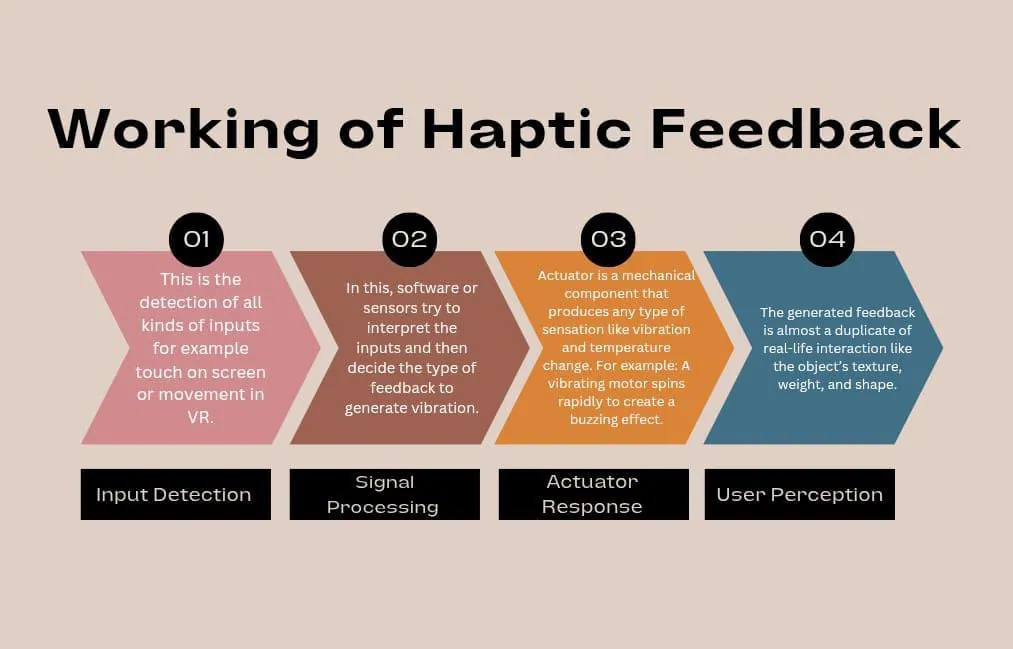
The key technologies used in its work are actuators, force feedback devices, ultrasonic waves, and electrostatic surfaces. In this way, Haptic feedback connects digital and physical experiences, making virtual experiences feel more real.
Types Of Haptic Feedback Devices
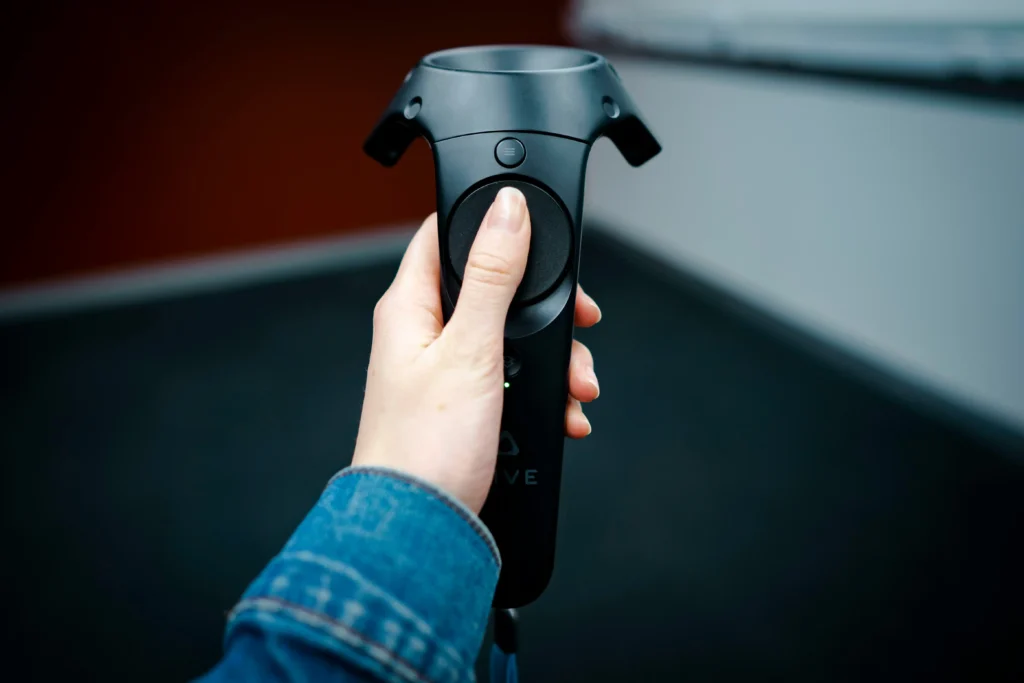
1. VR controllers: These are the most commonly used Haptic Feedback Devices, they consist of vibration motors, which help users to interact with virtual objects and enhance the overall VR experience.
Best VR Controllers to use
- Valve Index Controllers
- Sony PlayStation VR Aim Controller
- Oculus Touch Controllers
- HTC Vive Controllers
- Logitech MX Ink Stylus
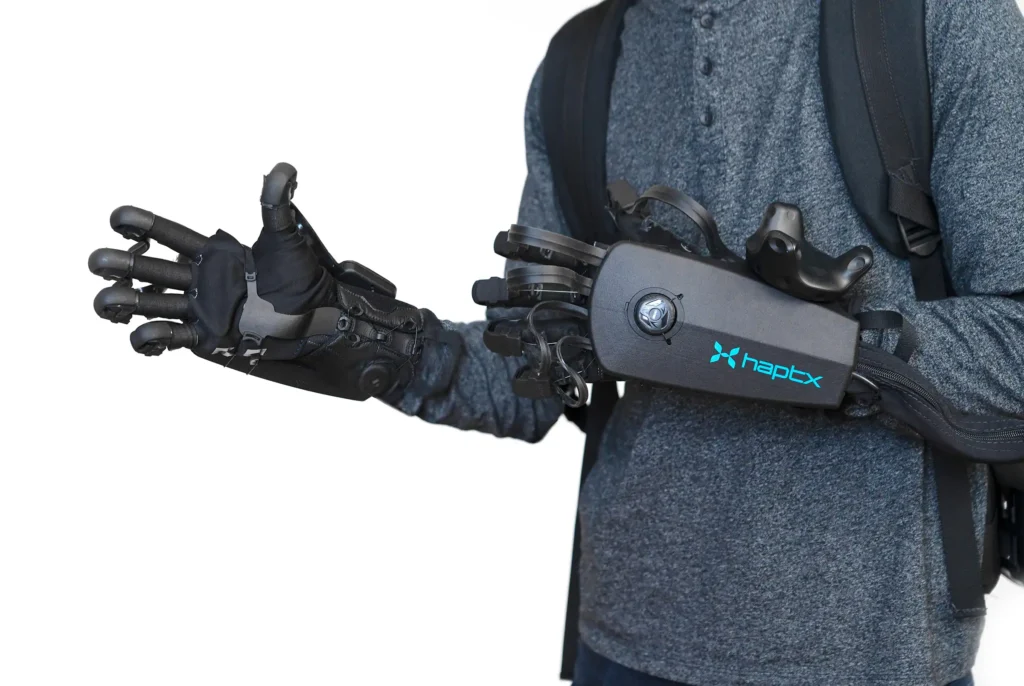
2. Haptic Gloves: These are one step ahead of VR controllers, they provide Haptic Feedback directly to users’ hands and fingers. With haptic gloves, we can experience the sensation of petting a virtual dog.
Best Haptic Gloves to use
- SenseGlove Nova 2
- HaptX G1 Gloves
- bHaptics TactGlove
- TeslaSuit VR Gloves
- Manus Prime Mocap Metagloves
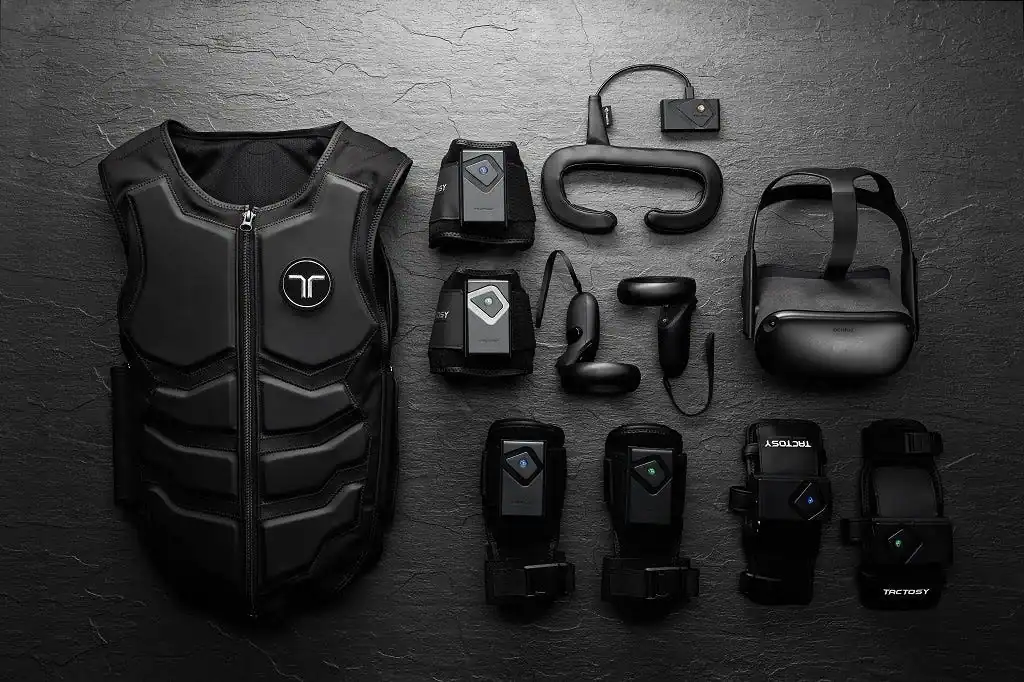
3. Haptic Suits: These are peak haptic devices, using these we can experience feelings like impacts, vibrations, or temperature changes in a VR environment.
Best Haptic Suits to use
- Teslasuit
- bHaptics TactSuit X40
- HaptX Suit
- Hardlight Suit
- bHaptics TactSuit Pro
Applications
- Gaming & Entertainment: Combining Haptic Feedback with games enhances the overall gaming experience. Imagine playing a game like BGMI in a VR setting and being able to feel the recoil and texture of weapons or the sensation of being hit by bullets. Examples of VR games with Inbuilt haptics are Half-Life Alyx, Into the Radius, Arizona Sunshine, etc.
- Training & Simulations: Haptic Feedback systems can be used to increase productivity in training. The use of simulated weapons can make military training more safe. Doctors can be trained in a virtual environment using Haptic Feedback-based devices.
- Accessibility: Tools having Haptics Systems can assist the visually impaired and provide learning aids by using sensations in place of visual or auditory information.
Beyond these applications, Haptics has broader applications across Industries including E-Commerce, Sports, Remote Collaborations, and Social VR.
Challenges
- Haptics systems like force feedback, and ultrasonic haptics are very advanced technologies. Its development is very costly and requires complex engineering as it should be perfect to receive the best output.
- We are still not so advanced that we can duplicate exact sensations like soft touches and complex textures. Also delays in feedback can break the experience in real-time activities like gaming or virtual worlds.
- Actuators use a lot of power, especially in portable devices like VR controllers and wearables. They can get hot if used for a long time, and wear and tear can make the devices last less time.
- Making small touch devices for smartphones, wearables, or AR/VR systems that work well is hard. Also, people feel touched differently, which makes it tough to create feedback that works for everyone.
Conclusion
In summary, Haptic Feedback is an integral part of Virtual Reality(VR). The combination of Haptic Feedback and Virtual Reality(VR) blurs the boundary between the digital world and the real world. Although Haptics Technology is nowhere near perfect and still has many flaws and challenges it faces, it is expected to evolve over time, significantly enhancing our VR experiences.
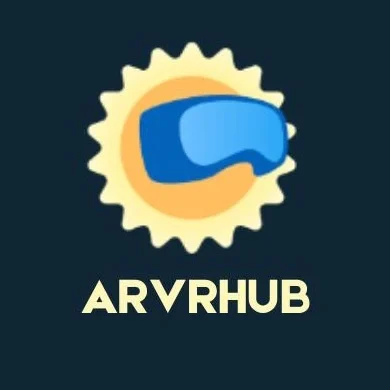
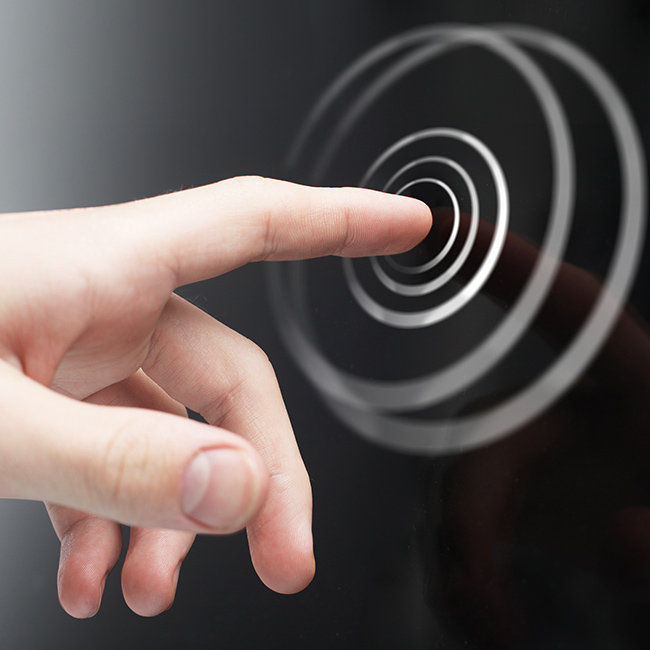


Such an amazing and informative blog. I am fascinated by the creativity of the bloggers. I am sure they will become professionals in this field.